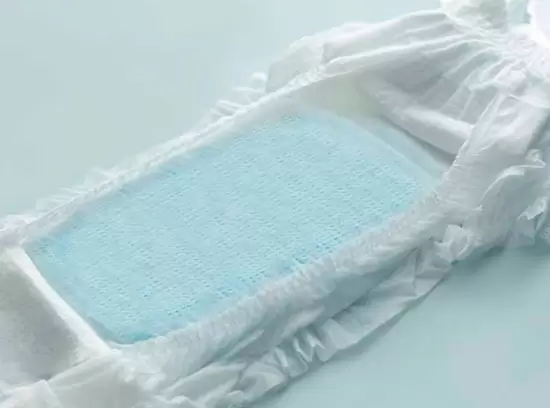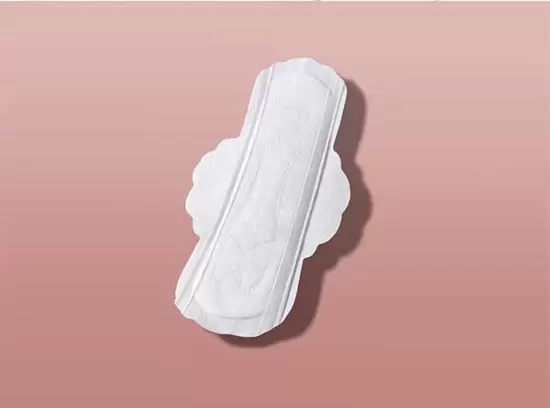The feminine hygiene market, which includes tampons, sanitary napkins, menstrual cups, and vaginal health products, makes up a significant share of the personal hygiene market worldwide. According to statistics from Statista, the global feminine hygiene market was 37 billion U.S. dollars in 2020, and the annual growth rate remained at 2.95%. In the next few years, the market will maintain a stable growth trend. It is estimated that the global feminine hygiene market will be approximately 45.4 billion U.S. dollars by 2026.
It can be found from the above data, feminine hygiene products as women’s daily necessities, there are a huge market capacity and a certain degree of rigidity in demand.
Factors That Affect The Global Feminine Hygiene Products Market
1. Disposable Personal Income
The economy of a country determines the per capita disposable income. In developed countries such as North America and Europe, women have the highest disposable income, so they are freer to choose female sanitary products. In derdeveling countries, women’s disposable income is naturally low, so there is a limitation of their consumption expenditure on feminine sanitary products.
2. Demographic structure
The demographic structure is another important factor in the growth of the global feminine hygiene products market. It is estimated that from 2019 to 2024, the CAGR of the female population aged 15-50 is as follows: The Americas will grow by 2%-4%. Africa grew by 14.1%. In the future, India will achieve the greatest growth rate, and China will become the world’s largest market for feminine hygiene products.
3. Cultural preferences
Due to the influence of national culture, women’s choices of feminine sanitary products are also slightly different. In Western countries, the use rate of tampons is very high, accounting for 20% of feminine hygiene products. In eastern countries such as China and India, sanitary napkins bulk are used at a higher rate.
4. Brand loyalty
According to the survey, more than three-quarters of female consumers said that they always buy feminine hygiene products of the same brand. Different age groups have different levels of brand loyalty. Middle-aged women have higher brand loyalty. Therefore, if a brand wants to acquire new consumers, products should be developed from more angles. It will be better for a brand to have a stable supply chain and the supplier with market insight ability, so that brand’s market share can keep growing.
Feminine Hygiene Market Trends: Go Natural And Sustainable, A Niche No More
According to Technavio, The organic and natural feminine care market will witness a positive impact, market is poised to grow by USD 770.61 million during 2020-2024, progressing at a CAGR of almost 7% during the forecast period.
What are natural feminine hygiene products? Natural feminine hygiene products are strictly ensured that the raw materials are natural. Common natural raw materials are mainly cotton and plant fiber. In addition to the natural fibers used, many popular products on the market also emphasize the biodegradability .
The trend of feminine hygiene products towards natural and environmental protection is the result of multiple factors.
- The European Union and the US governments have proposed policies to restrict the use of single-use plastics, including feminine hygiene products.
- Consumers’ awareness of environmental protection has increased and they are willing to pay high prices for truly environmentally-friendly products.
- Major brands of feminine hygiene products are gradually joining the natural hygiene products market, selling environmentally-friendly feminine hygiene products, fulfilling their social responsibilities as a company, and at the same time gaining new consumer trends.
How Can I Start a Proper Feminine Hygiene Business?
The technology of sanitary napkins is not too complicated. Generally, products are basically divided into topsheet, absorbent core, bottomsheet and glue. Products on the market are generally divided into natural topsheet (pure cotton) and sythetic topsheet according to the difference in topsheet materials and processes. Although the process is not complicated, the rapid product changes mean that the replacement of equipment also requires a large amount of investment. It can be seen that the investment in the sanitary napkin business itself is not low.
Therefore, as a brand that wants to vigorously develop in the feminine hygiene products market, it must have a stable production capacity supplier with an integrated supply chain and have the strong R&D and market insights ability. Last but not least, the supplier’s social responsibility is also should in line with the positioning of the brand.
Winner Medical’s Feminine Hygiene Products Wholesale
The listed Company, Winner Medical who is the top ODM & OEM cosmetics manufacturer in China with more than 30 years of medical experience background. Winner Medical owns the whole supply chain from cotton 100% cotton spunlace non-woven fabric to finished feminine care products, and in supplying to fortune global 500.
Start with a simple but firm dream, to guide people to stay away from chemical stimuli, then return to a sustainable and healthy life. Winner Medical is willing to work with you to create a sustainable world.













